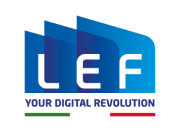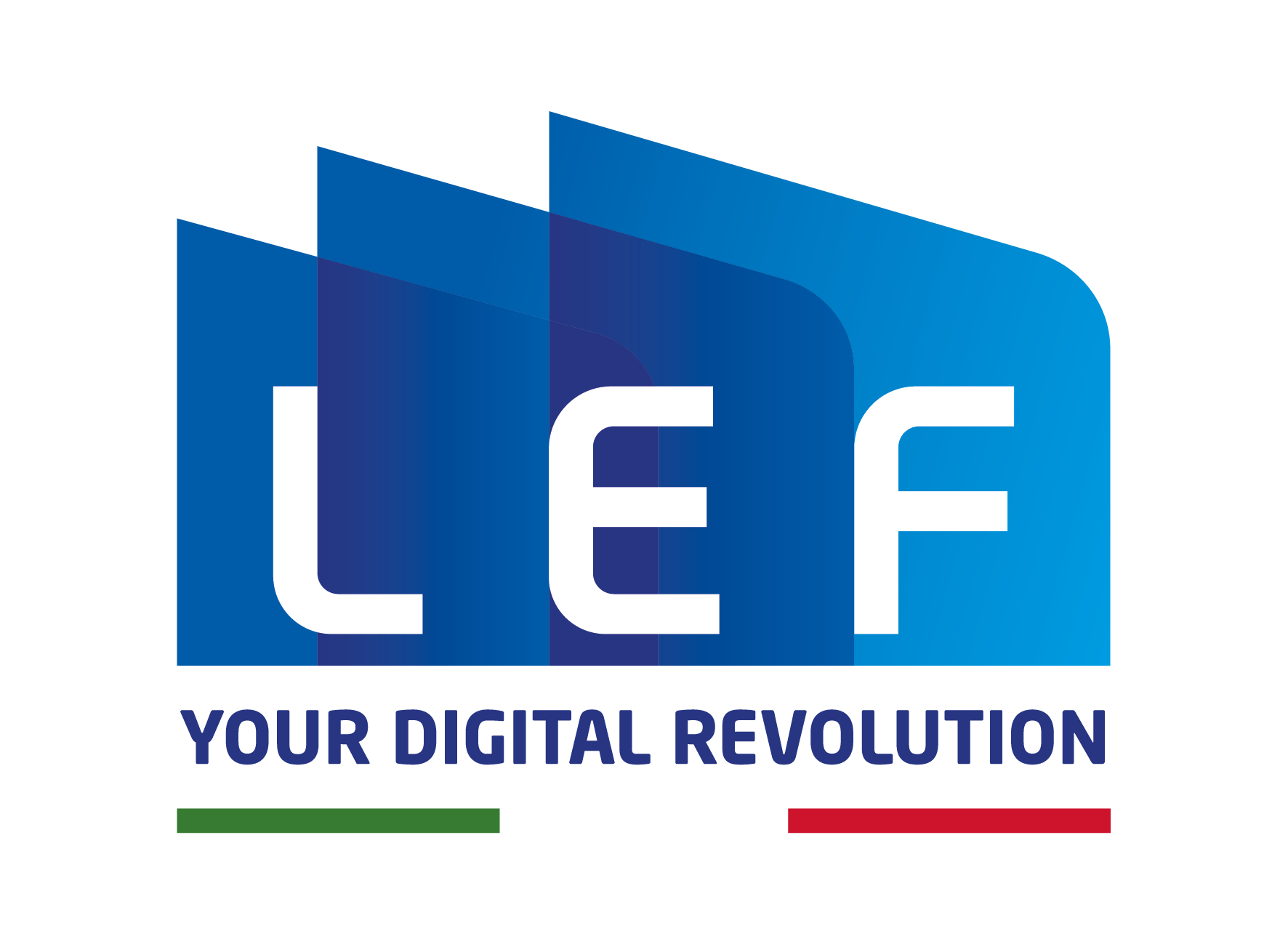Lean management in companies
What is the lean method and why is it useful for companies
Lean management is business management conducted according to lean principles. The application of the lean method in the manufacturing industry, where the methodology was originally emerged, is called lean manufacturing.
The ultimate goal of the lean method is to increase production, with more variants and more quality, thus greater end customer satisfaction, with fewer resources, less inventory, and less labor, thus lower costs. In a nutshell, the methodology aims to increase the company’s profitability and competitiveness in the market, because it reduces costs and increase revenues.
This is an equation that affects all economic actors in any sector and market, which is why over the years the lean methodology, both at the manufacturing level and at the general level of thinking (lean thinking), has had such widespread acceptance and success. It was initially embraced mainly by large companies in the most capital intensive sectors (not coincidentally, it originated in Toyota’s automotive sector), but has been increasingly adopted by small and medium-sized enterprises, because the issue of competitiveness and cost reduction is also crucial for SMEs.
The lean management strategy: key concepts of lean management (Lean Thinking, Toyota, and Kaizen)
Historically, the lean method was developed, or rather was conceptualised, in Toyota between 1948 and 1975 and took the name Toyota Production System (TPS, or Toyotism). Since then, the application context has changed somewhat and the methodology has found application in the most diverse sectors, but the basic lean thinking philosophy has not changed.
The basic idea of the TPS philosophy, in some respects an alternative to Henry Ford’s philosophy of large-scale mass production (‘Any customer can get a coloured car of any colour he wants, as long as it is black’), is ‘doing more with less’, i.e. using the available resources in the most productive way possible with the aim of drastically increasing the productivity of the factory.
Kaizen is the composition of two Japanese terms KAI (change, improvement) and ZEN (good, better) which translated means continuous improvement and is one of the fundamental pillars of the Toyota Production System; one of the key concepts of the lean method, in fact, is that the organization must always strive for optimization by continually asking itself how to do better, looking for the cause of errors to prevent them from being repeated. This guarantees the company lasting sustainability in terms of performance and competitiveness.
Lean and digital: two indispensable steps for the innovation
The lean methodology is not in itself new and is not a particularly innovative topic since it was born more than 50 years ago, but it is definitely current and at this moment in time there is widespread interest on the part of all companies in the most diverse sectors because the topic of costs and margins is of common interest and, secondly, because the application of lean thinking is in some ways a prerequisite for a successful digital transformation.
In the LEF model company, it is possible to see live and, literally, touch what lean manufacturing means and what it means to go from a lean factory to a 4.0 factory or vice versa. As we like to tell on our visits to the model company, the ideal evolutionary path of a company is first to apply the lean methodology, lean manufacturing and lean management, and only then Industry 4.0 automation and digitisation.
This is because digitisation serves to automate processes and operations, at different levels of the value chain, from the warehouse to the office via the factory, of course; but if these upstream processes have not been analysed and optimised in order to reduce waste or errors, translating them into digital means also digitising waste and errors.
This is why any digital innovation project, first of all, must start from an optimised level of processes and systems; in most cases, companies, SMEs first and foremost, have not reached this management maturity and this is why many digital innovation projects first require consultancy and/or training in business process engineering, in which lean thinking is undoubtedly one of the most widespread techniques.


